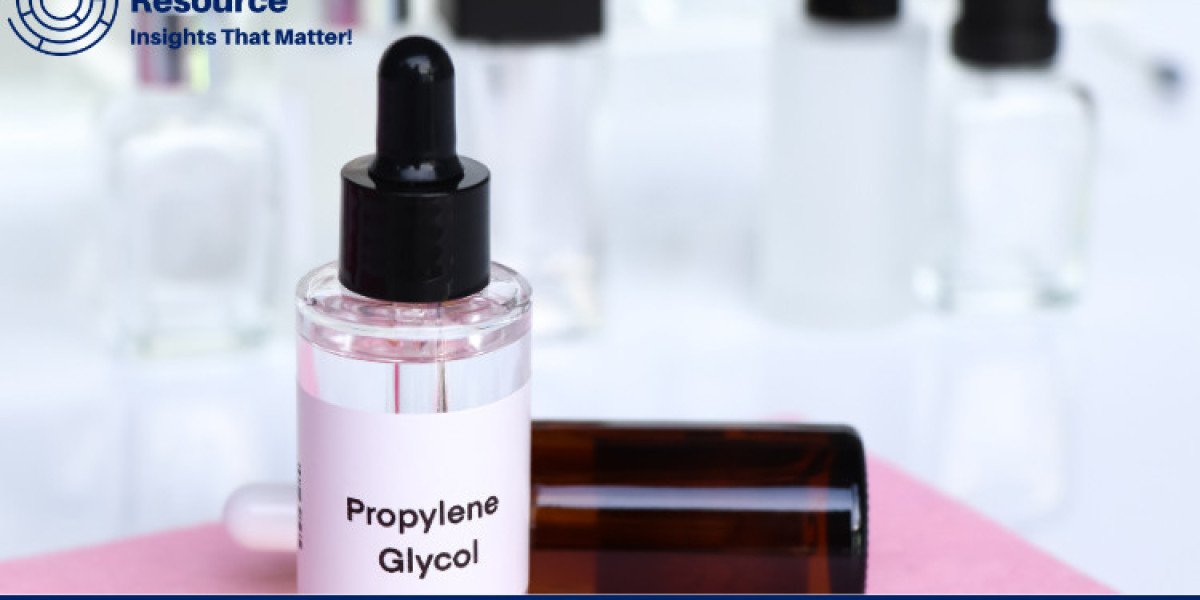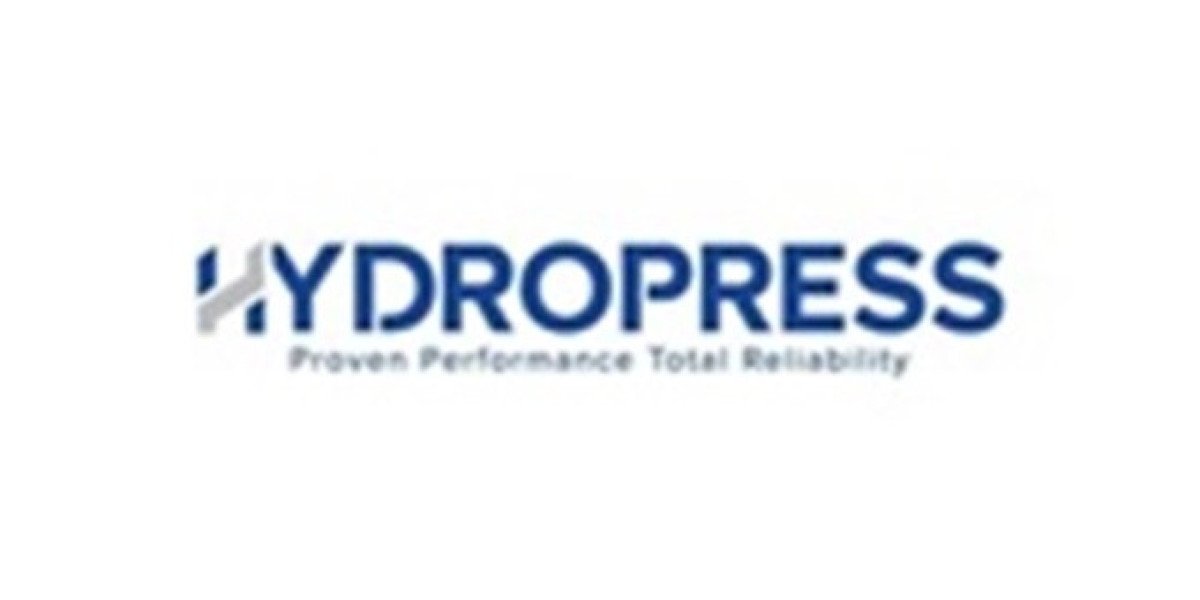Propylene glycol, a versatile compound with extensive applications in industries like pharmaceuticals, cosmetics, food, and automotive, plays a key role in modern manufacturing. Due to its broad usage and demand, understanding the production costs of propylene glycol is essential for companies aiming to optimize their operations and remain competitive. At Procurement Resource, we offer comprehensive Propylene Glycol Production Cost Reports that break down each component of production expenses, providing businesses with actionable insights to enhance cost efficiency and strategic decision-making.
Why Propylene Glycol is Essential
Propylene glycol (C₃H₈O₂) is a colorless, odorless, and slightly viscous liquid that serves as a solvent, humectant, and stabilizer in various applications. It is commonly used in pharmaceuticals, as a base for creams and gels in cosmetics, and as an additive in food products for moisture retention. Additionally, propylene glycol is a key component in antifreeze and hydraulic fluids, owing to its antifreezing properties. Given its essential role across multiple sectors, understanding the cost structure behind propylene glycol production is critical for companies looking to stay competitive and manage costs effectively.
Request a Free Sample for Propylene Glycol Production Cost Reports – https://www.procurementresource.com/production-cost-report-store/propylene-glycol/request-sample
Key Factors Influencing Propylene Glycol Production Costs
The production of propylene glycol involves several key cost-driving factors. By understanding these elements, companies can pinpoint opportunities for cost efficiency and strategic improvements. Here’s an in-depth look at the primary factors affecting the production cost of propylene glycol:
1. Raw Material Costs
The primary feedstock for producing propylene glycol is propylene oxide, which is derived from petrochemical sources. The cost of propylene oxide is heavily influenced by crude oil prices and the dynamics of the petrochemical market, making it a significant contributor to the overall production costs of propylene glycol. Fluctuations in the price of crude oil, supply chain constraints, and changes in demand for petrochemicals can all impact raw material costs, emphasizing the need for producers to monitor these factors closely.
2. Energy Costs
Propylene glycol production is energy-intensive, requiring significant heat and electricity for chemical reactions and purification processes. The energy costs involved in heating, distilling, and purifying propylene glycol add substantially to production expenses. Energy prices are affected by factors such as regional market conditions, seasonal demand, and energy policies, all of which influence the overall cost of production.
3. Labor and Operational Costs
Labor costs play a vital role in the production of propylene glycol, particularly for skilled personnel needed to operate specialized equipment, manage safety protocols, and oversee quality control processes. These costs vary by region and are influenced by local wage standards. Managing labor effectively and ensuring efficient operations are key to controlling production expenses and maintaining profitability.
Read the Full Report – https://www.procurementresource.com/production-cost-report-store/propylene-glycol
4. Technology and Equipment
The production of high-purity propylene glycol requires advanced technology, including reactors, distillation columns, and purification systems. Investing in efficient, modern equipment can improve production yields and reduce waste, but it also requires significant capital investment. Regular maintenance and occasional upgrades are necessary to keep equipment in optimal condition, further adding to production costs. The use of advanced technology can ultimately result in long-term savings, though initial investments can impact short-term cost calculations.
5. Environmental and Regulatory Compliance
Propylene glycol production, like other petrochemical processes, must adhere to environmental regulations aimed at reducing emissions and minimizing waste. Compliance with these regulations often requires investments in waste management systems, emission controls, and other environmentally friendly technologies. Failure to meet regulatory standards can lead to penalties, making compliance an essential component of production costs for propylene glycol producers.
How Procurement Resource’s Propylene Glycol Production Cost Reports Can Support Your Business
At Procurement Resource, we specialize in delivering detailed Propylene Glycol Production Cost Reports that help companies gain valuable insights into production costs. These reports enable businesses to make informed decisions, optimize procurement strategies, and improve operational efficiency. Here’s what our Propylene Glycol Production Cost Reports provide:
- Detailed Cost Breakdown: Our reports offer a thorough analysis of every factor that drives propylene glycol production costs, from raw materials and energy to labor, equipment, and compliance expenses.
- Real-Time Data: The petrochemical market is dynamic, with frequent fluctuations in crude oil and energy prices. Our reports provide up-to-date data and forecasts, ensuring your decisions are based on the latest information.
- Price Trends and Analysis: We monitor price movements for propylene oxide, energy, and other critical inputs, helping companies anticipate changes in production costs and plan procurement strategies accordingly.
- Benchmarking and Comparison: Compare your production costs with industry benchmarks to identify areas for efficiency improvements and cost reductions.
- Procurement Insights: Our reports offer practical procurement strategies that help you secure propylene glycol supplies more efficiently and at lower costs.
The Value of Accurate Cost Reporting in the Petrochemical Industry
For companies involved in propylene glycol production, accurate cost tracking is essential due to the potential for price volatility in raw materials and energy expenses. Understanding the various cost components allows businesses to adopt a proactive approach to expense management, helping to streamline operations and improve profitability. Procurement Resource’s cost reports are designed to provide actionable insights that enable businesses to reduce costs, optimize production processes, and gain a competitive edge in the market.
Ask an Analyst – https://www.procurementresource.com/production-cost-report-store/propylene-glycol/ask-an-analyst
Future Trends in Propylene Glycol Production: Efficiency and Sustainability
As sustainability becomes a priority across industries, propylene glycol producers are exploring ways to improve efficiency and reduce environmental impact. Investments in renewable energy sources, improvements in process efficiency, and innovations in waste management are some strategies being adopted to reduce production costs and minimize carbon footprint. Procurement Resource’s Propylene Glycol Production Cost Reports include insights into these trends, helping companies stay aligned with industry best practices and anticipate future changes.
Request Your Free Sample of the Propylene Glycol Production Cost Report Today
If you’re ready to take control of your propylene glycol production costs and gain a competitive advantage, Procurement Resource invites you to request a free sample of our Propylene Glycol Production Cost Report. Our reports provide you with the tools and knowledge needed to streamline expenses, improve efficiency, and stay ahead in the competitive petrochemical industry.
Request Your Free Sample – https://www.procurementresource.com/production-cost-report-store/propylene-glycol/request-sample
Contact Us
Company Name: Procurement Resource
Contact Person: Amanda Williams
Email:sales@procurementresource.com
Toll-Free Numbers:
USA copyright: 1 307 363 1045
UK: 44 7537171117
Asia-Pacific(APAC): 91 1203185500
Address: 30 North Gould Street, Sheridan, WY 82801, USA








